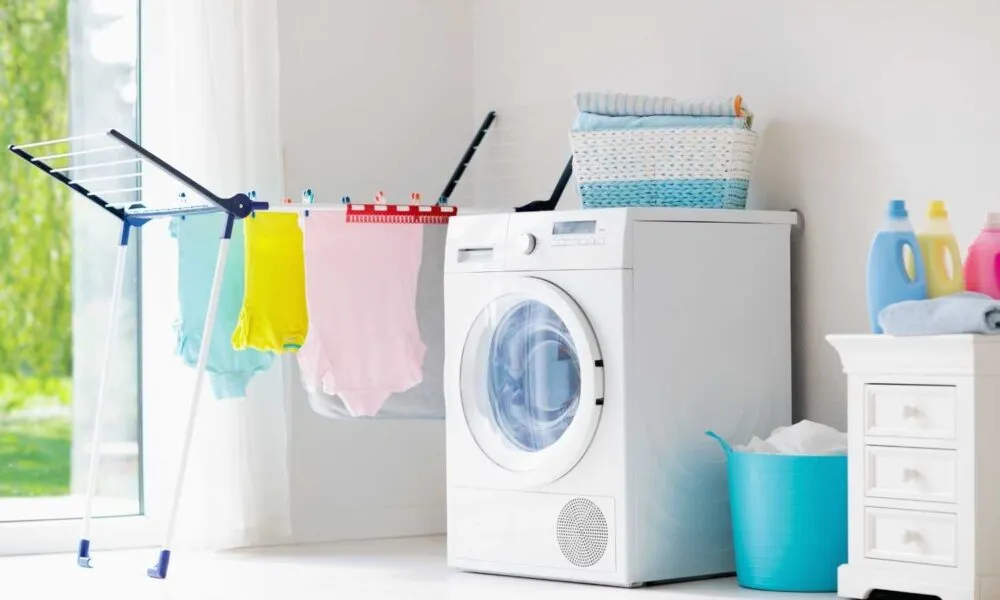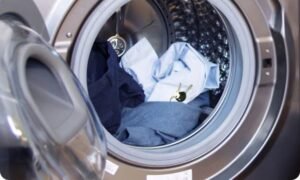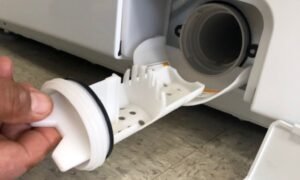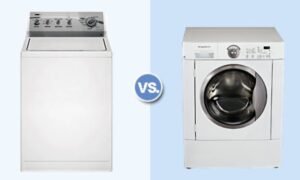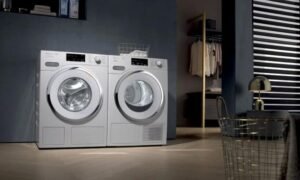Last updated on June 21st, 2023 at 05:02 am
Before starting, to wash clothes with a washing machine people become confused about how much water a washing machine uses. If you are wondering find out the most justified question of how much water a washing machine wash-then please roll over your eyes in this article. It will help you to switch off the traditional washing machine or clear information about upgraded all types of washer consumer variations.
When governments gave restrictions on water usage and you are paying a huge amount for these natural resources everyone should have concerned to use the property and saving money from bills.
As washing machine is one of the most home appliances which consume a huge amount of water in yearly we are discussing here washing machines daily and yearly report of using waster per various washer models, ways that can help to save out washing machine water and energy saving bills and the factors which impacting water usage.
So, how do you calculate, How much water a washing machine uses? Stay tuned with us for a few minutes, here we discuss step by step about this topic, I hope you will satisfy, let us get started…
How Much Water Does a Washing Machine Use?
Calculating water usage:
Though today made washing machines are used half than the 20 years before made but averagely a washing consumes approximately 20 gallons per load which hold a huge range of water cost yearly.
ENERGY STAR ensures the protection of nature with high-efficiency home appliances and savings on customers’ purchases. Consuming 25 to 33 percent less water for all the certified washing machines is rated by this organization.
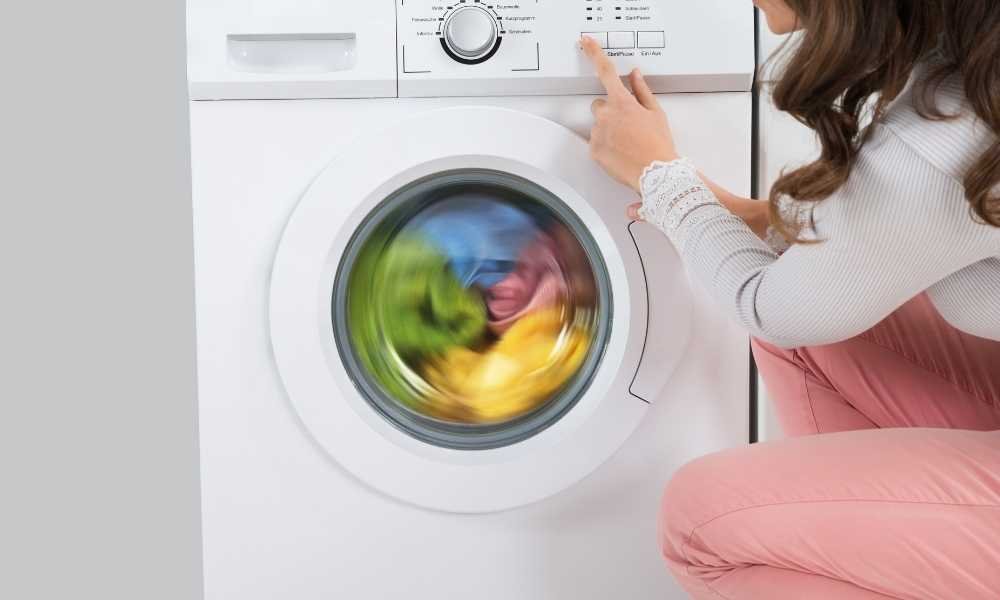
Types of washing machines:
There are two models that are available in the market according to their door or loading space capacity – Top lading and front-loading washing machine. High efficiency is another powerful version for both categories in the washing machine era.
Top Loading Washing Machines :
This category is the traditional type of washer. People love to buy and use them. It has an easy loading system at waist height. Regarding energy consumers, it is higher than the other options. The top-loading machine can be with an agitator or not as called impeller types. Though they consume more and more energy most people regard them as better and cleaner in less time. They are well packed for their reasonable price.
Nowadays the manufacturers give the variation of these types of washing machines in price, models, and features with high efficiency.
Front Loading Machines:
Different countries take this option as a trend pick. If we are considering them with a loading system, cleaning capacity, price, and warranty it has a huge difference from top-loading washers. This type of washer has a front-loading system that required bending to load. If anyone had issues in the waist and upper leg one is suitable for one.
Comparatively, front-loading washing machine consumes less water but the pricing is very height. They come with less warranty than top-loading ones. Front-loading washing machines with high efficiency are especially energy star certified for less consuming natural resources.
How much water do these washing machines use both of them individually?
Usually, the answers to these questions depend on a few factors such as the model you are using, what you are washing, and how much you are washing the washer capacity, load size, cycle type, rinse setting, type of washer, age of washer, and whether the washer is ENERGY STAR certified or not.
Major Factors impact the washing machine consumes water:
Washers have some feature that influences washing cycle time and cleaning performances which are interrelated to how much water a washing machine wash.
Washing machine’s age and types:
All appliances have a deduction of working performance after long terms use. Washing machines are not an exceptional one them. So old ones consume more than new models.
Various styles offer various water consumption per their capacity as He types are more efficient than others.
So have a look at the various styles of washers,
Front vs top-loading washer:
From the Energy Star database, It is clear that the front-loading machine consumes 20 gallons whereas top loading uses 40 gallons per wash, which is comparatively twice. As a front-loading machine works with the aid of gravity it takes half the energy as top lading one.
Whereas we are comparing between agitator and impeller for agitator spinning and vertical working system demands more water than impeller one. As a result, front-loading machines are impeller based.
High-efficiency vs Traditional washing machine:
The most added feature of the modern addition of the washer is HE quality. Both types of top and front-loading have this feature. Though it is an expensive pick less water and energy makes it the most reliable one.
Besides the standard types of washing machines, these are consumed 80 % less water which is surprising for anyone after the first wash. So, this type of washing machine is a suitable answer for how much water a washing machine washes.
Energy Star vs. regular :
Being energy star certified means less water and energy consumption by 25 to 33 percent more than regular washing machines.
Working performance, product qualities, and sizes must face the energy rating.
The capacity of washing machines:
For effective and professional washing capacity of the washer is considerable which has a connection with the washing procedure. By cubic feet, the van is measured as the washing machine. The usually bigger drum needs more water to wash. Standard-size washers hold 3 to 4 cubic feet of water and big sizes need 5 cubic water. 4 cubic feet washing machine uses approximately 9 gallons per wash. And above 5 cubic feet use 20.5-gallon water per wash.
Load Size:
Articles for wash are measured by pounds at washing machine usage.6 pounds is considered as medial,1o\11 is large and 20 plus is extra load size for a standard size washer. In other words, a one-third tub of water is considered as small, half is medium, and over half or quarter level part as full load size. Bulky types of clothing require more water for perfectly cleaning.
Cycle setting:
All washer has several cycle setting depending on clothing material and types according to these presetting impacts on how much water a washing machine wash to clean cloth items. Whether one cycle did not clean your clothes accurately it needs an additional cycle for perfect cleaning which consumes more water overall.
HE featured washing machine have Energy Star Certified for their less water use.
Rinse settings:
If you demand fabric softener or placed more rinse setting that be the reason for using more water.
How to lessen water usage in a washing machine:
These are a few issues that can save your water use in the long term.
- If you pour the right amount of detergent into your washer extra soapy clothing did not use more water to clean the cloth perfectly.
- Try to not run washers every day in twice or more with few cloth items. With a full load wash them in a heavy cycle setting, by limiting wash you can save water use.
- Few cloth items thus as jeans, sweaters, and towels can be used more than one time which saves everyday washing and using more water.
- You should replace your old model if your one is used one even more than 10 years
Less Water consumption is the most claimed feature of a washer these days, which rise how much water a washing machine wash those who are thinking about switching to a new model or planning to buy a new one get the idea. Here, I tried to illustrate this topic for your satisfaction.
Final Thought
In conclusion, if you have a large family or multiple people doing their laundry at the same time, then you may need to purchase a larger washing machine. If you only have one person doing their laundry, a smaller machine will suffice. Most washing machines use anywhere from 3 to 5 gallons of water per cycle, so it is important to read the owner’s manual to find out how much water your specific model uses.
